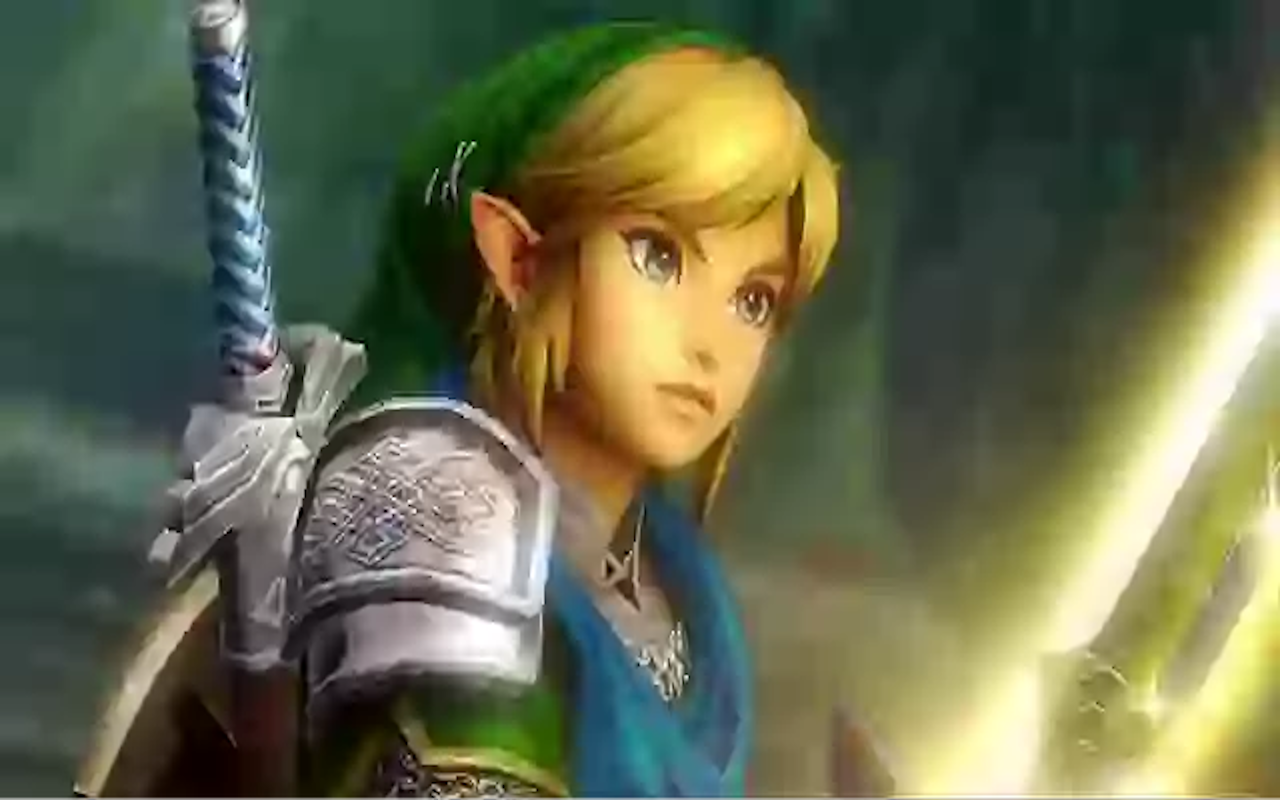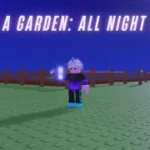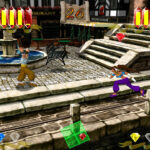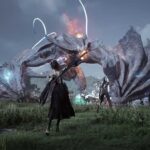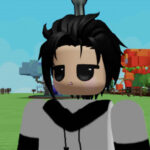The world of gaming is abuzz with the recent release of the Nintendo Switch 2, a highly anticipated console that promises to push the boundaries of portable and home gaming.
For many, the excitement isn’t just about the new hardware; it’s about the potential for beloved franchises to evolve. And arguably, no franchise sparks more passionate discussion and collective anticipation than “The Legend of Zelda.” Since its humble debut on the Nintendo Entertainment System (NES) in 1986, “The Legend of Zelda” series has consistently redefined action-adventure gaming. It’s not merely one of “Nintendo’s most popular properties”; it stands as “one of the most beloved franchises of all time,” transcending platform loyalties and cementing its place in gaming history.
The arrival of a brand-new “The Legend of Zelda” game on the newly released Nintendo Switch 2 is undoubtedly a monumental event for the gaming community. It represents a fresh chapter for the iconic hero Link, Princess Zelda, and the fantastical realm of Hyrule. This launch is poised to be “a huge deal for fans of the series,” who have followed Link’s adventures for decades, eagerly anticipating each new iteration.
Crucially, it’s also a significant moment for “those who are new” to the franchise, as the advanced capabilities of the Switch 2 could offer an unparalleled entry point into the enchanting world of Hyrule. However, as of the time of writing, the specific details regarding this highly anticipated title remain under wraps, with “no such game has been announced yet.” This silence only fuels the speculation and collective dreaming among the dedicated fanbase.
While an entirely new adventure is eagerly awaited, fans can currently enjoy enhanced versions of the critically acclaimed “The Legend of Zelda: Breath of the Wild” and “Tears of the Kingdom” on the Nintendo Switch 2. These updated versions leverage the new console’s increased power, offering improved graphics, smoother frame rates, and faster loading times, making the experience even more immersive. However, the true excitement lies in what the future holds.
The inevitable question on every fan’s mind, recently posed by Redditor frewbrew, is: “But when the inevitable Nintendo Switch 2 game does arrive, what do fans want?” This query ignited a vibrant discussion across online communities, revealing a collective vision for the next epic chapter in the saga of Hyrule.
Building on Excellence: Fan Desires for the Next Zelda
The immense success of “The Legend of Zelda: Breath of the Wild” and its direct sequel, “Tears of the Kingdom,” fundamentally reshaped expectations for the series. These games championed an unprecedented level of open-world freedom, expansive exploration, and emergent gameplay. As such, the desires of fans for the next installment on the Nintendo Switch 2 are largely rooted in preserving and refining these lauded elements, while also addressing perceived shortcomings from the previous titles.
One prominent sentiment, articulated by Redditor 3ehsan, encapsulates this dual desire for continuity and improvement: “I want everything Breath of the Wild and Tears of the Kingdom did right: open world, exploration, music, atmosphere.” This highlights the core strengths that endeared the recent entries to millions. The sprawling, interconnected world of Hyrule, ripe for discovery at every turn, remains a cornerstone of the modern Zelda experience.
The evocative and dynamic musical scores, which seamlessly adapt to the player’s actions and environment, contribute immeasurably to the atmosphere. Furthermore, the overall ambiance, from the serene tranquility of a sunrise over Hyrule Castle to the eerie depths of the chasms, has become a defining characteristic.
However, 3ehsan’s comment continues with a crucial caveat: “With improvements upon everything, the most recent entries fell short on such as classic dungeons, story, and combat.” This reflects a common critique among a segment of the fanbase. While Breath of the Wild introduced the Divine Beasts and Tears of the Kingdom expanded with “temples,” many long-time fans yearned for the more intricate, thematic, and puzzle-heavy “classic dungeons” that were hallmarks of earlier Zelda titles.
These traditional dungeons often provided a focused, multi-layered challenge that some felt was less pronounced in the open-ended nature of the newer games. Similarly, while the narrative in Breath of the Wild and Tears of the Kingdom was present, some players desired a more traditionally structured and deeply engaging “story,” perhaps with more character development and narrative urgency. The “combat system,” while fluid and allowing for creative solutions, also drew some criticism for weapon durability mechanics and a desire for more depth or variety in enemy encounters.
Addressing the point of dungeons, Redditor RegurgitatedMincer offered a more nuanced perspective: “I honestly like how they did dungeons in Tears of the Kingdom, or rather, the quests that include the dungeons.” This view appreciates the integration of these larger puzzle-solving areas into the broader world and narrative, where the journey to and through the “dungeons” often felt like an extension of the open-world exploration. This approach, while different from traditional Zelda, undeniably provided a sense of grand adventure.
The core appeal of the modern open-world Zelda experience remains undeniable, as emphasized by Nerfo2’s enthusiastic declaration: “Breath of the Wild is magic. No other open-world game has come close.” This sentiment underscores the revolutionary impact of the game, setting a new benchmark for the open-world genre with its unparalleled sense of freedom and discovery. The interconnectedness of its systems, allowing players to creatively solve problems, created a unique and memorable gameplay loop that few competitors have managed to replicate.
Addressing Specific Mechanics: The Durability Debate and Beyond
One of the most frequently debated mechanics introduced in “Breath of the Wild” and carried over into “Tears of the Kingdom” is the weapon durability system. This feature, where weapons break after a certain number of uses, was designed to encourage experimentation with different armaments and continuous exploration for new gear. However, it proved divisive among players. Redditor Fox_McCloud_Jr articulated a common frustration: “I wouldn’t mind the durability system if the swords made of steel and various other metals didn’t break after five hits.”
This highlights the desire for a more balanced approach, where weapons feel more substantial and durable, rather than seemingly disposable. Many fans advocate for a system that still encourages variety but doesn’t feel overly punitive or interrupt the flow of combat. Solutions could include tiered durability, easier repairs, or a greater abundance of more robust weapons.
Beyond mechanics, the community also shared desires for the aesthetic and technical prowess of the next Zelda title. Several members of the Reddit thread expressed a longing to see something “inspired by The Wind Waker.” This suggests an appetite for a return to a more stylized, cel-shaded art direction, perhaps offering a whimsical contrast to the more realistic (though still stylized) approach of Breath of the Wild and Tears of the Kingdom. The Wind Waker, released on the GameCube, was initially controversial for its visual style but has since been lauded for its timeless appeal and charming character designs. A return to such a vibrant, expressive art style could offer a refreshing visual identity for the series on the new console.
Simultaneously, other fans articulated a strong desire for the next Zelda game to become a “graphical and performance powerhouse.” The Nintendo Switch 2, leveraging advanced NVIDIA technologies like DLSS and featuring a custom processor, is reportedly capable of “10x the graphics performance” of its predecessor, with support for 4K resolution in TV mode and 120 frames per second at 1080p in handheld mode. This significant leap in hardware capabilities opens the door for a truly stunning visual experience in a Zelda game.
Imagine a Hyrule rendered with unprecedented detail, more dynamic lighting, realistic physics, and a consistently smooth frame rate, even in the most action-packed or expansive scenes. Fans want the next Zelda to fully utilize these advancements, delivering breathtaking vistas, intricate character models, and fluid animations that truly showcase the Switch 2’s potential.
The combination of these desires – a return to classic dungeon design, a more engaging story, a refined combat system, and a visually stunning presentation – paints a comprehensive picture of what the passionate fanbase envisions for the future of “The Legend of Zelda.” Nintendo has a rich history of surprising players and innovating with each new entry, so while these fan wishes are strong indicators, the ultimate direction of the next game remains a closely guarded secret.
“We’ll just have to wait and see what the next Zelda game has in store for us,” but one thing is certain: whatever form it takes, given the series’ legendary pedigree and the capabilities of the Nintendo Switch 2, “it’s sure to be legendary.” The anticipation for this next chapter in Hyrule’s history is palpable, promising another unforgettable adventure for millions of gamers worldwide.


